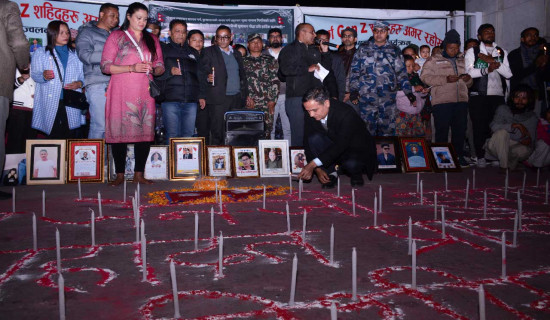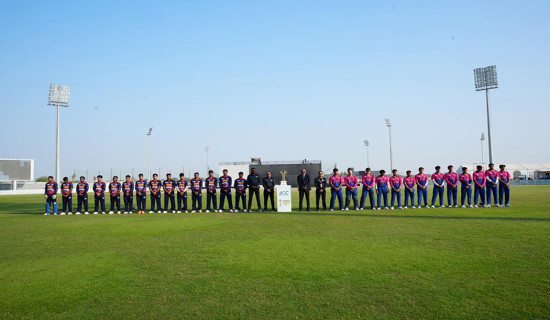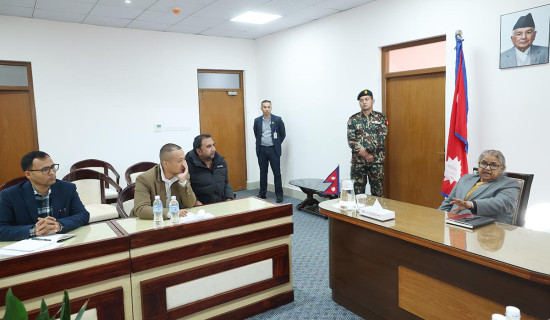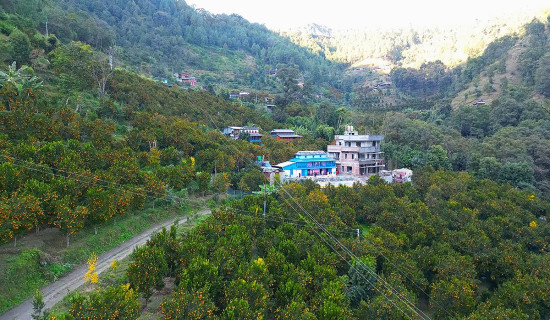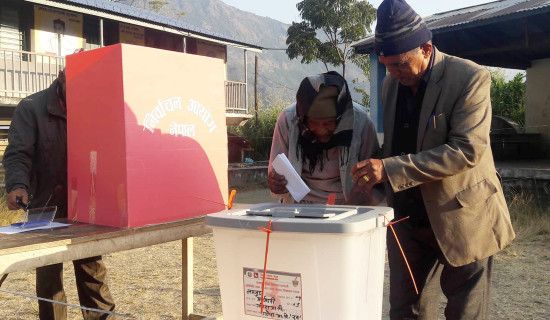- Wednesday, 10 December 2025
Elimination of child labour prerequisite to achieve SDGs
Patan (Lalitpur), April 30: Minister for Labour, Employment and Social Security Sharat Singh Bhandari called for elimination of child labour in Nepal to establish itself as a model in the international stage.
At a national dialogue on 'child labour in agriculture' organized by the Ministry of Labour, Employment and Social Security in Lalitpur today, Minister Bhandari shared that Nepal addressed the issues of child labour in compliance with the international conventions and through the country's constitution, Acts, laws and procedures.
Stating that there are many child labourers in agriculture sectors, Bhandari expressed his concern over the dismal number of school-going children in several places, especially in Dolpa district and some places in Madhesh Province.
He viewed that this situation needs to be changed and stressed the need to eliminate child labour in practice so as to achieve Sustainable Development Goals (SDGs).
Emphasizing close coordination among three-tier government to abolish child labour, the Minister also pointed out that until child labour is eliminated in the local level, the provincial and federal governments also cannot declare a child-labour free nation.
He highlighted the importance of raising awareness and practical approaches such sensitizing those for those the legislations are put in place and enabling an environment wherein children can go to school to eliminate child labour.
Similarly, Dr Govinda Prasad Sharma, Secretary at the Ministry of Agriculture and Livestock Development, said that the prevailing social behaviours and practices were major contributors to child labour in the agriculture sector.
Chakrapani Pandey, Joint-Secretary at the Ministry of Labour, Employment and Social Security, shared that 87 per cent child labour was in agriculture sector and underlined the need to legally define it properly and publicize it to end child labour.
Jitendra Sharma, Joint-Secretary at the same ministry, shared that more than 160 million children around the world were working as child labourers and over 79 million of them were involved in hazardous works.
He also mentioned that 70 per cent of the global child labourers were working in agriculture sector.
When it comes to Nepal, Sharma informed that Karnali Province had the highest number of children working in the agriculture sector at 12 per cent while Bagmati had the lowest at 8.9 per cent.
The Constitution of Nepal in the Article 39 guarantees child rights and prohibits employing juvenile as a labourer.
Furthermore, several legal frameworks at national and international levels also forbid employing children below 18 years in hazardous works.(RSS)

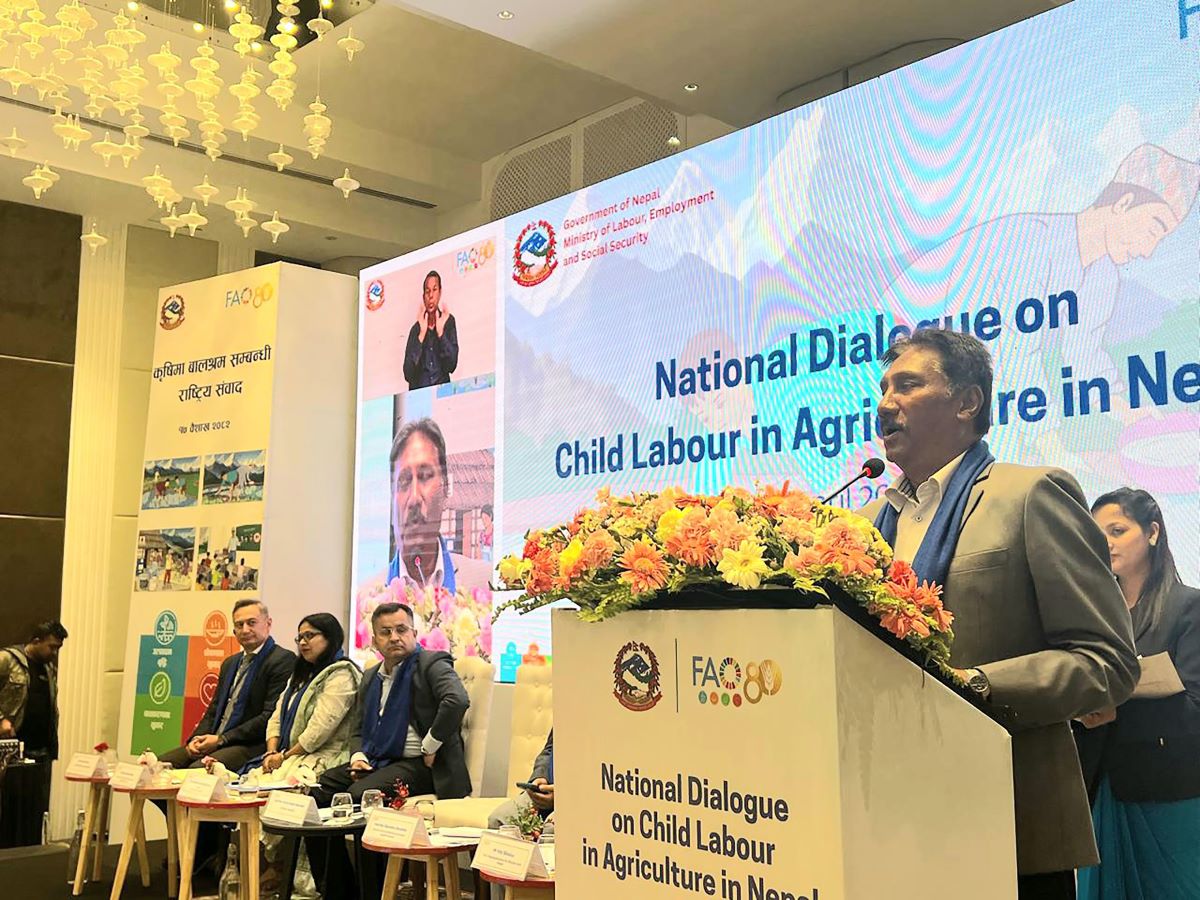
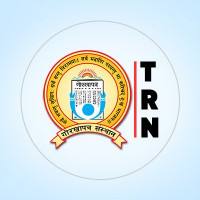
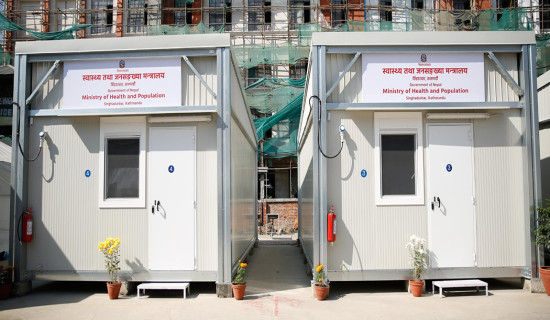
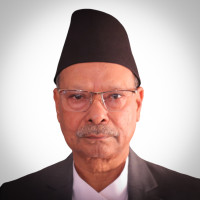
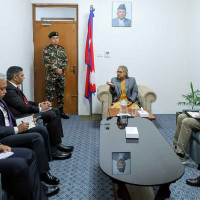
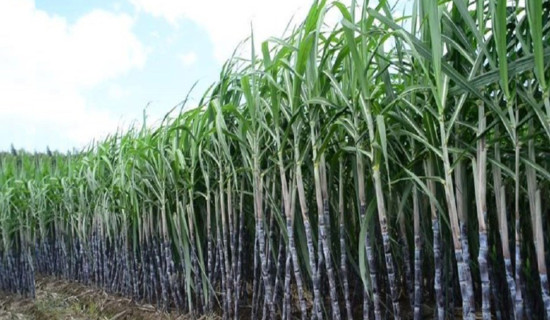
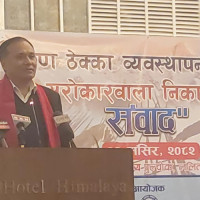
-square-thumb.jpg)

